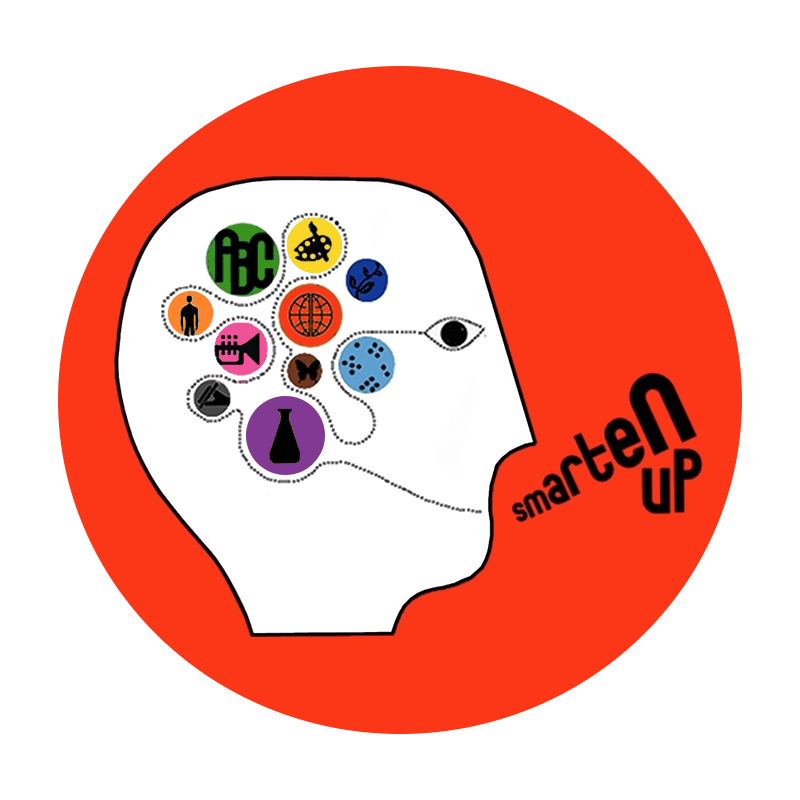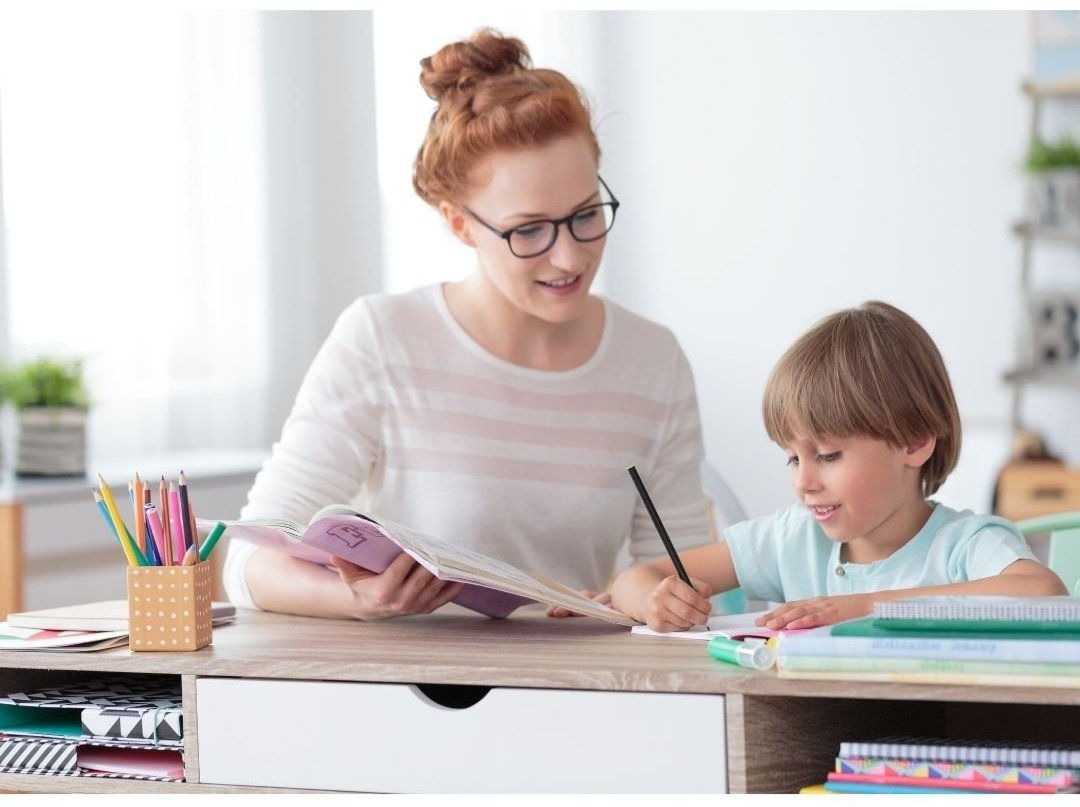Military kids move often and experience emotional stress that can impact their ability to learn to read. However, books are one of the best ways for these kids to process their emotions and learn to face life with courage.
As a teacher or tutor, you want your students to succeed, and you recognize that military students face more challenges than many other young kids. Teaching them to read will give them tools for handling the stress of life and succeeding in school.
Reading stories about other military families can encourage kids that they aren’t alone and spark a life-long love of reading. Here are three types of reading resources for children of military parents that you can use to support the families and students with whom you work.
1. Processing Loneliness
There are many children’s books that have been written to help military families process the loneliness and confusion kids may feel during a parent’s deployment. Although many of these books are geared toward younger children, having access to them can also help older kids and teenagers understand their own emotions.
You can assign these books as reading material or arrange a reading program where older students can read to younger children. Although it’s unlikely that all your students come from military families, loneliness is a universal emotion, and these stories will teach empathy and compassion toward classmates.
I Love You Near and Far by Marjorie Blain Parker
This children’s book tells the story of a military family experiencing separation due to deployment. The family is depicted as cats, and the story makes parallels between missing a deployed loved one and missing a grandparent who lives far away. This book is an encouraging reminder that love can be strong even if the person you love is very far away.
Night Catch by Brenda Ehrmantraut
Written in rhyme, this story describes a father and son who play catch with a star every night until the father returns from deployment. They blow the north star back and forth as a way to remind each other that the world is smaller than it seems, and they are never far from each other’s thoughts.
2. Studying the Military
It may also help your students to spend time learning about the military. That way, they’ll have a better understanding of what their parent is doing overseas and why it’s so important. Of course, it’s important to be sensitive toward students and only discuss age-appropriate topics.
Teachers can use military stories to supplement their curriculum and help kids understand the purpose, history, and value of the military in the United States. Although they won’t reduce students’ loneliness for deployed parents, these books can help students feel proud to be part of a military family.
Hero Mom and Hero Dad by Melinda Hardin
These basic picture books describe the different jobs military parents may be doing overseas. The pages describe roles like building, flying helicopters, moving trucks, and working in medical settings. In addition to describing roles, this book emphasizes the courage and dedication of military parents.
H Is For Honor by Devin Scillian
Based on the alphabet, each page in this book describes the challenges military families face and teaches readers about several military terms, military branches, and military traditions. This book is an excellent read for elementary kids and will give your students context for what their parent’s life is like.
3. Understanding PTSD
A list of books for military kids wouldn’t be complete without resources for families affected by PTSD. It can be very difficult for kids to understand that their parent is still fighting an internal battle even after they get home.
These stories are a great way to introduce students to the topic of mental health. They also promote empathy and will help students learn that any anger or stress their military parent is feeling is not their fault.
My Daddy Has PTSD by Miranda Watson and James Rosone
This book tells the story of a very small girl who learns that her Daddy is experiencing PTSD. This is a great resource to introduce the concept of trauma to young children. However, it’s important to be sensitive and avoid worrying kids about something that may not happen.
Wounded by Eric Walters
Written for older students, this story describes how PTSD can affect every member of a military family. The reading level and quality content make this an incredibly helpful resource for students who have a family member suffering from PTSD. However, because it deals with mature themes, it’s important to screen this book before you assign it.
Supporting Your Students
Many military students experience prolonged separation from a parent and the emotional stress of frequent moves. As a teacher, you can support military students best by igniting their love of reading with relatable and encouraging stories about military families.
Use this list to start incorporating military fiction into your curriculum, and be sure to encourage parents to read to their kids. This bonding time can help families process their emotions and give them a sense of security that will translate to their wellbeing, in and out of school.









